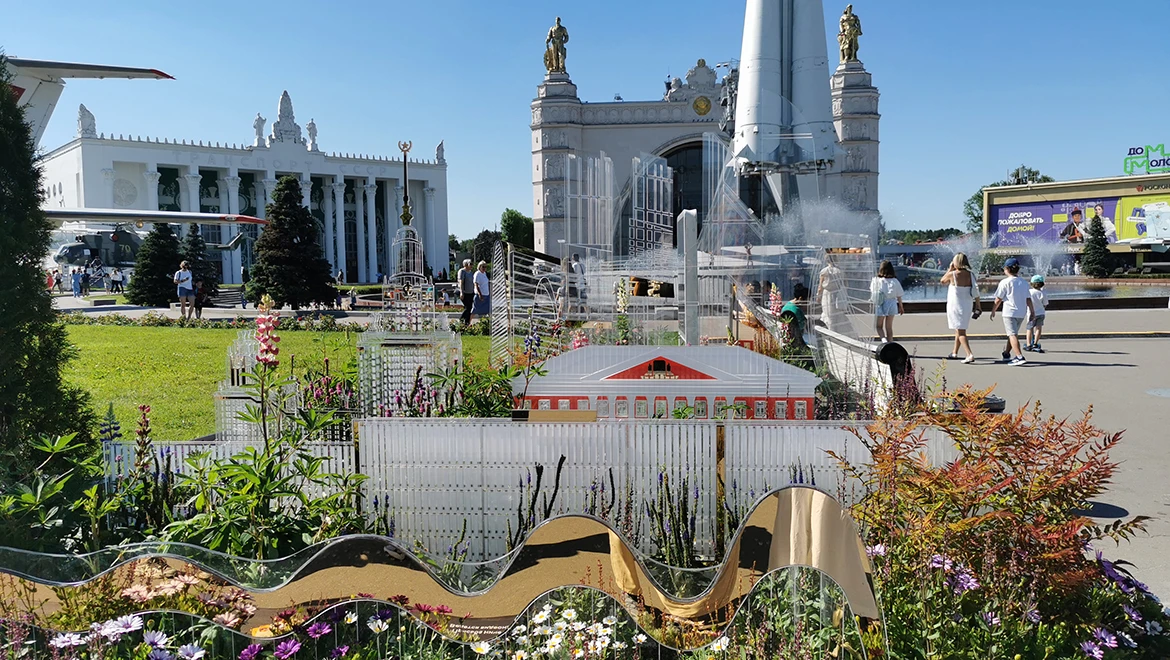Salvia. Lugansk People's Republic
Salvia is one of the varieties of the herbaceous sage plant, which can be found ubiquitously in the meadows of the Lugansk People's Republic, while ornamental varieties are used in flowerbed compositions.
Most commonly, meadow sage can be found in our steppes. It has medicinal properties and is used for therapeutic purposes: it helps with colds and inflammations and is used to treat skin and many other diseases. In the villages of the republic, people still say, "Plant sage in your garden, and you won't need a doctor."
Another reason people love sage is that it is an excellent honey plant, producing large amounts of nectar. Beekeepers and gardeners highly value it. Sage flowers emit a very pleasant aroma, reminiscent of lavender, attracting numerous insects that pollinate garden and orchard crops.
Sage is a perennial, while salvia comes in several types, but in the Lugansk Republic, it is predominantly an annual. Its blooming period is long, starting in May and ending in late October or early November.
For its display at the RUSSIA EXPO, the Lugansk People's Republic used ornamental varieties of sage: light yellow salvia (Reddy White) and orange salvia (Reddy Salmon). Salvia flowers are gathered in whorls, forming inflorescences up to 20 cm long. The flowers themselves are small and inconspicuous, but they are surrounded by bright bracts that can be of various colors: from bright red to white, pink, purple, and all shades of red. Salvia loves light and warmth, preferring light, moderately fertile soils with a neutral or slightly alkaline reaction. It is propagated by seeds, which are sown in early March for seedlings, and the seedlings are transplanted into open ground after the threat of frost has passed.
The cultivation of salvia is managed by employees of the municipal unitary enterprise "Luhansk Green Economy and Improvement Plant." These plants have adorned city flowerbeds and gardens for many years. They are also readily grown in private gardens. The secret of salvia's popularity is quite simple: bright flowers can beautify even the most barren spot, and growing and caring for these flower shrubs poses no problems.
There is a biblical legend about sage. When the Virgin Mary was fleeing from Herod with the infant Jesus, she sought help from the wildflowers, but none wanted to shelter her. Then, the sage bushes called out to Mary: "Come to us, unfortunate ones, no one nurtures us; we grow anywhere, and Herod's soldiers will not seek you here."
When the danger had passed, the Holy Mother said to the
sage: "From this day forward, you will be the beloved flower of the
people; I will grant you the power to heal them from all diseases, saving them
from death, just as you saved me from the eyes of the executioners."
Along with the RUSSIA EXPO, the flower festival is also coming to an end.
The "Future in Flowers" festival continues at the RUSSIA EXPO, where unique flowerbeds from all regions of our country can be seen at the "Space" pavilion until July 8.
The RUSSIA EXPO concludes on July 8, and with it, the flower festival will also come to an end.





